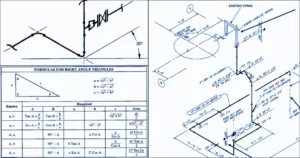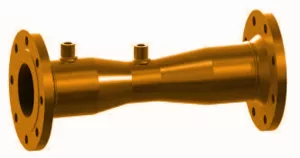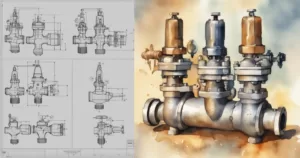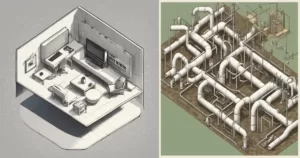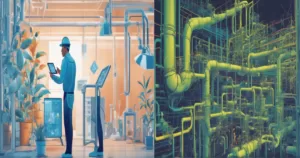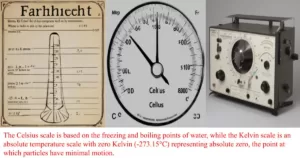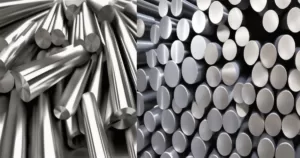Plate Heat Exchanger (PHE) Selection PDF
Introduction to Plate Heat Exchangers Are you looking for Plate Heat Exchangers the ultimate guide to selecting, designing, and installing plate heat exchangers? Look no further. In this comprehensive article, we’ll walk you through everything you need to know to make an informed decision and ensure a seamless installation. Plate heat exchangers are highly efficient […]


